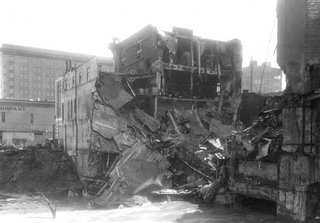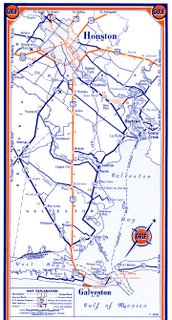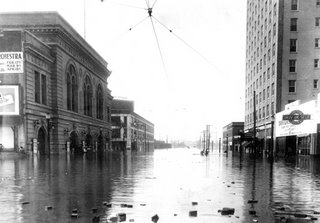A Hanging in Harrisburg
On June 29, 1859, the Houston Tri-Weekly Telegraph reported the lynching of George White.
White, a railroad laborer standing over six feet tall, was accused of seizing a 12-year-old girl near Harrisburg and raping her. He fled to Galveston, where he was taken into custody and brought before a magistrate two days later.
Arrangements were made to take White to Houston and put him in jail. Accompanying him were Galveston's deputy sheriff and a constable from Harrisburg.
The newspaper account continues:
About a mile and a half from Harrisburg they were surrounded by forty or fifty men in disguise, who tied the deputy sheriff and constable, and seized upon the prisoner and hung him to the branch of a tree.
Indignant at the dispensing of mob justice, the newspaper concluded:
Whenever the law is taken into the hands of the people its moral force is weakened, and a too frequent resort to lynching will break down all regard for the laws of the land. We can accord no praise to the executioners of White, though we cannot say that he did not deserve the fate he came to.
The newspaper published the name of the 12-year-old victim -- something you wouldn't see in today's media.
The race of the victim and the suspect were not provided, so I'm not sure the lynching was racially motivated.
Labels: city life, Harrisburg













